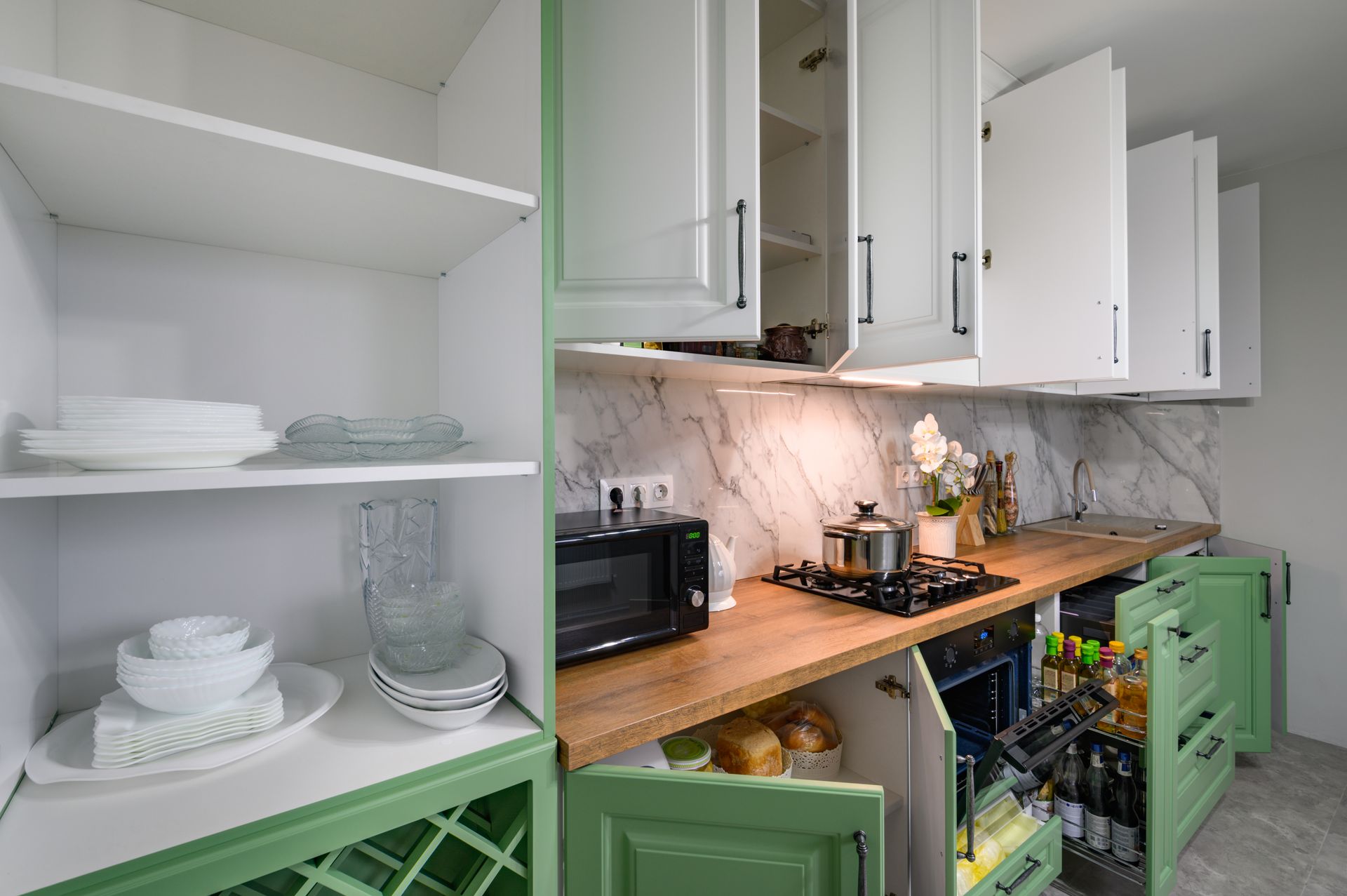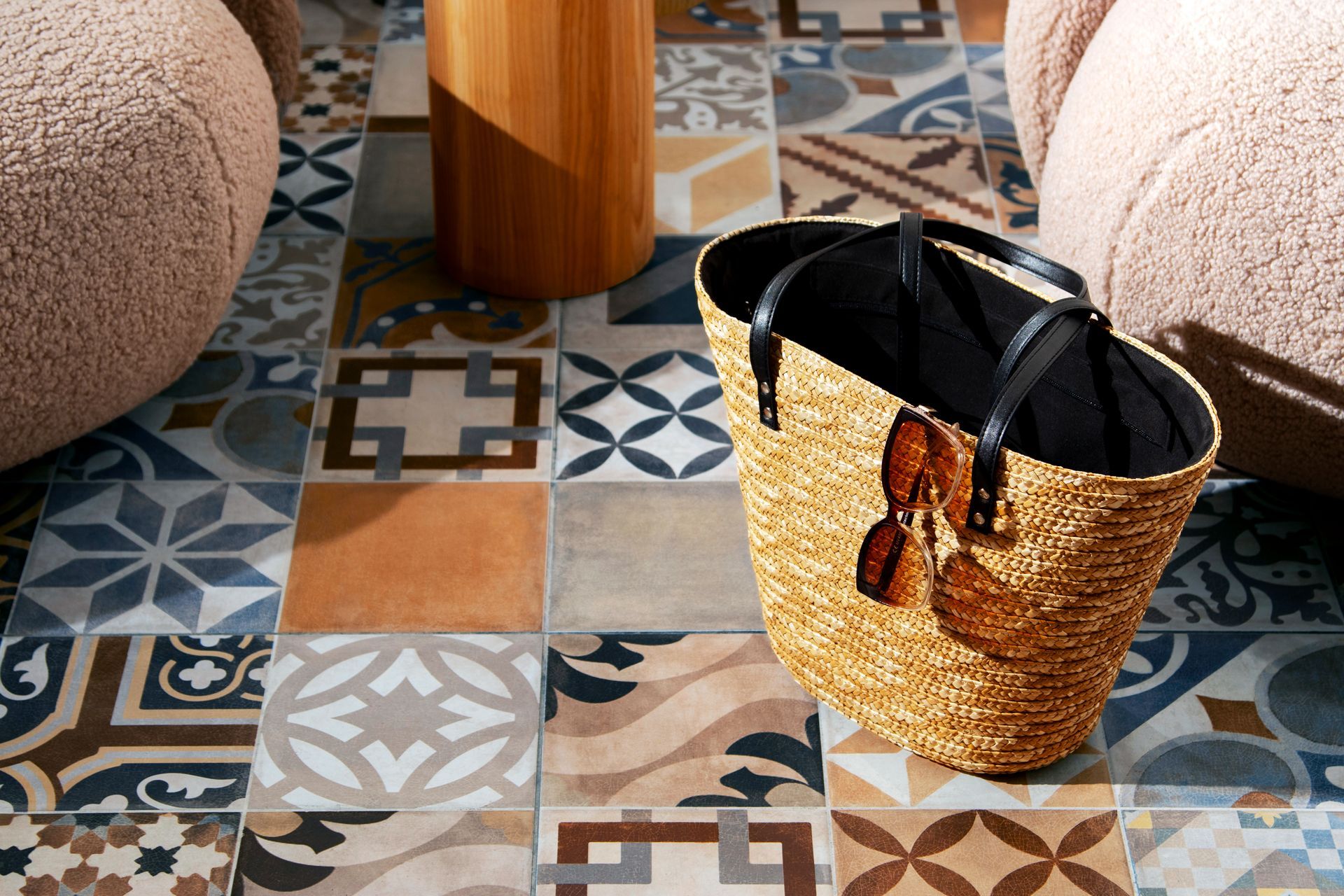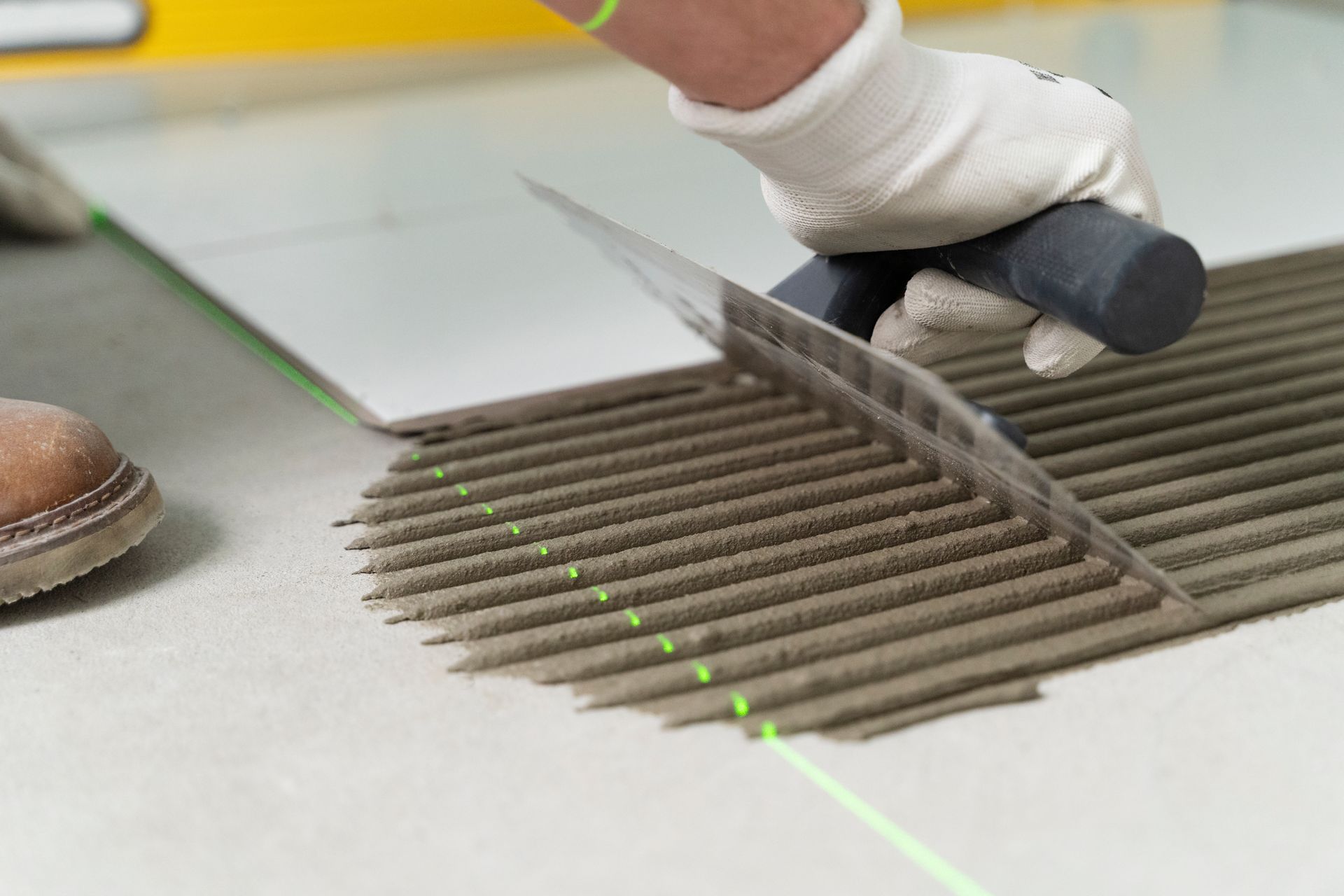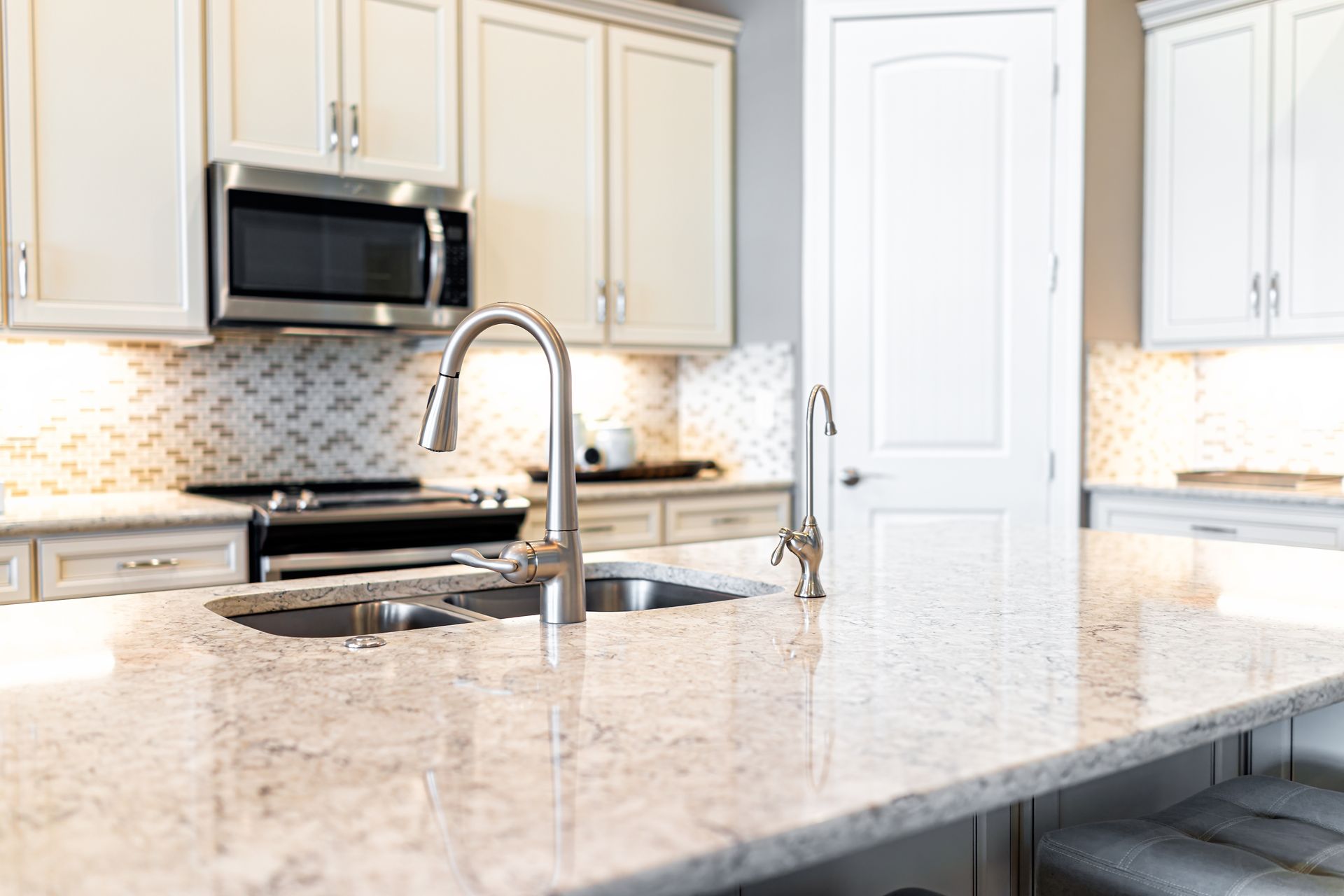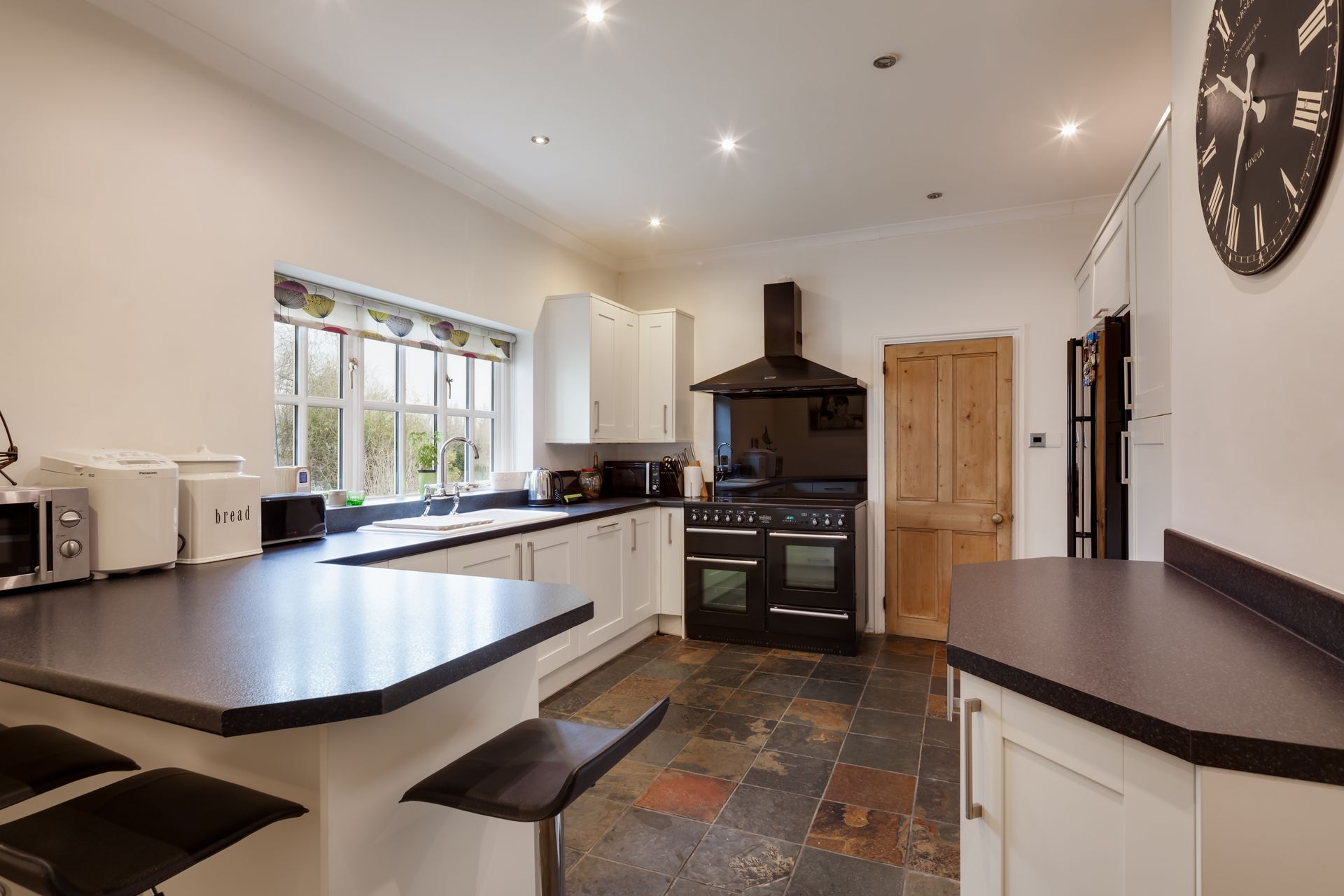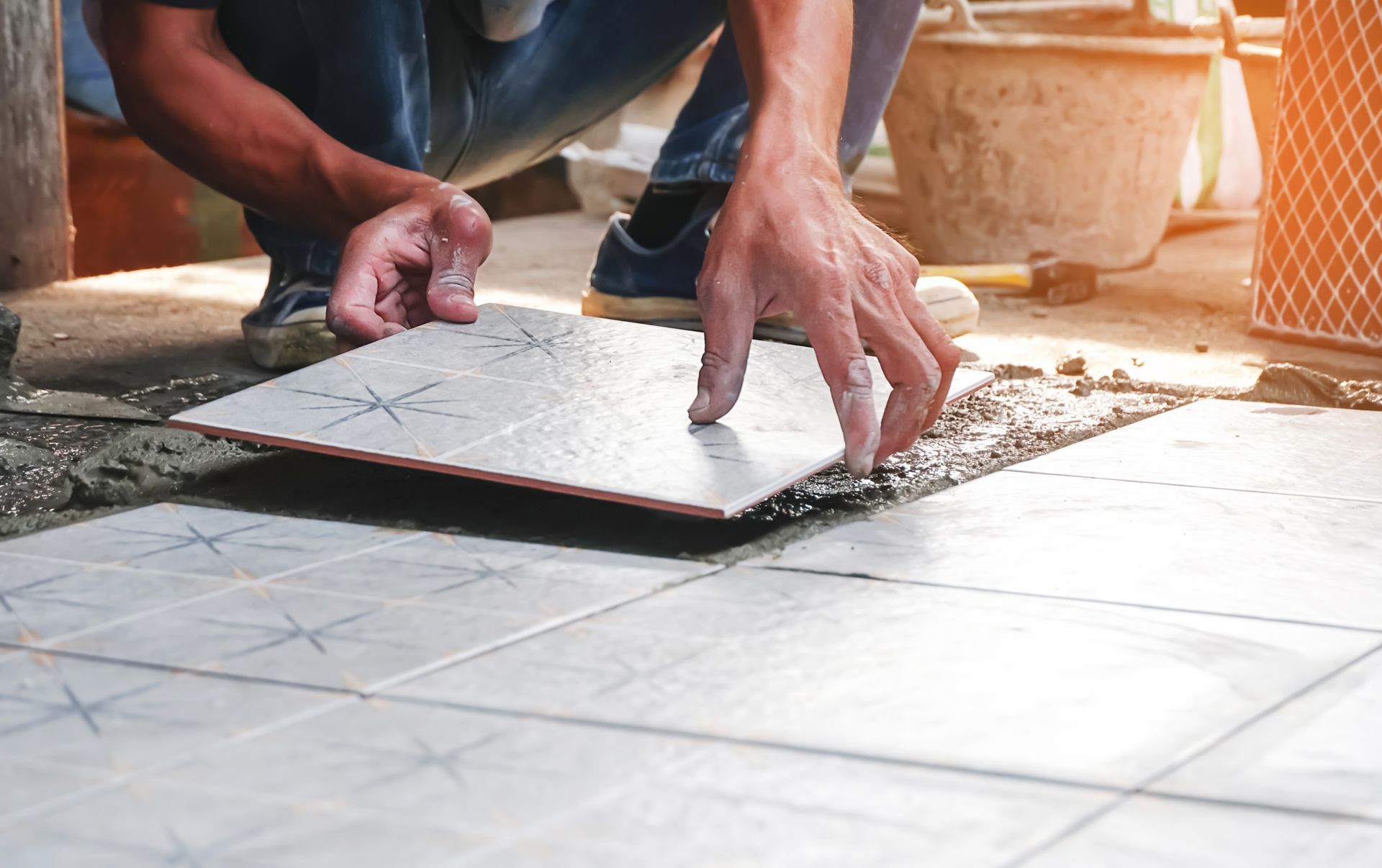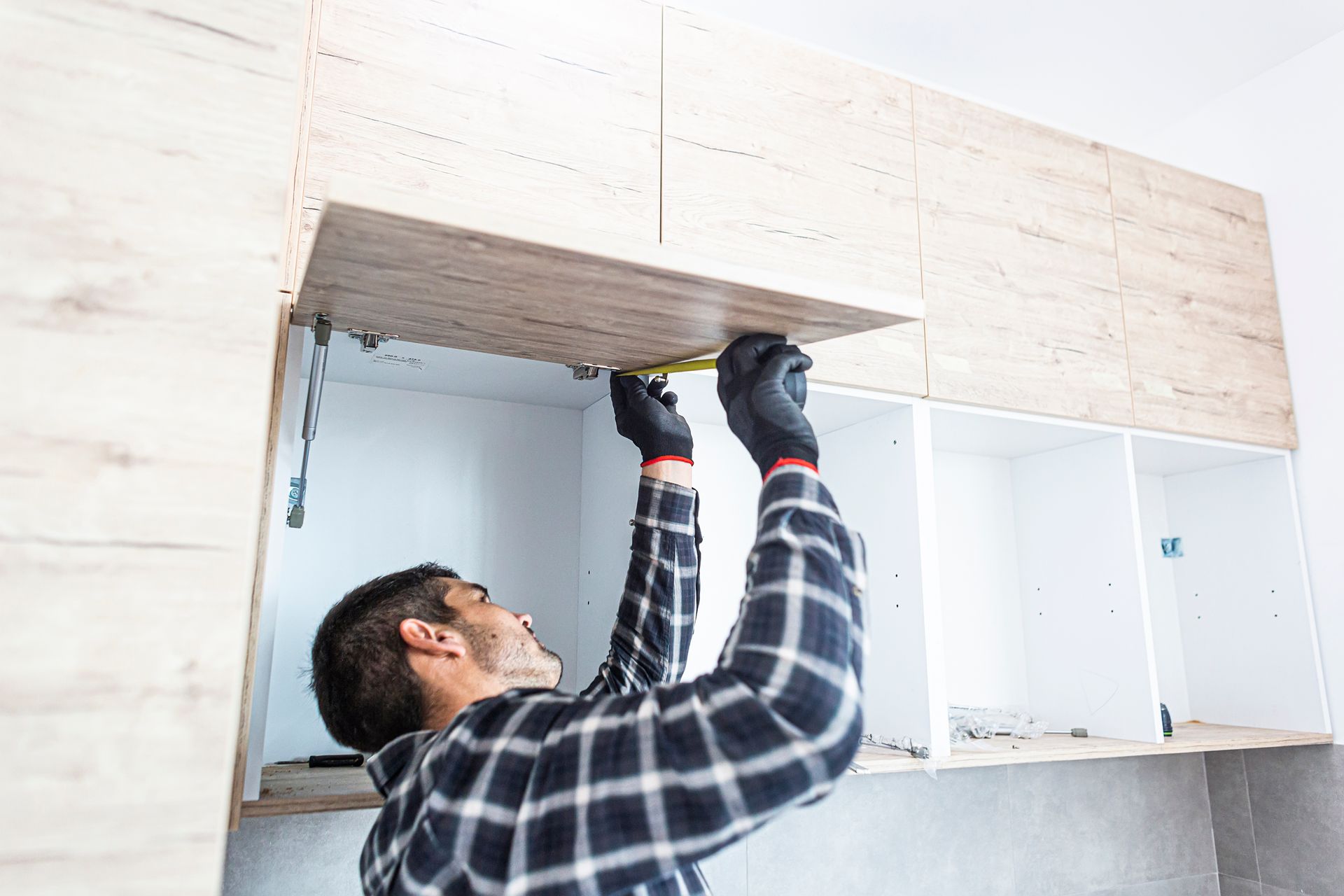The Role of Texture in Interior Design: Tiles, Floors, and More
Texture plays a pivotal role in interior design, transforming spaces from flat and static to immersive and tactile. It adds depth, dimension, and character to any room, creating an environment that is both visually appealing and inviting. At Grande Tile and Reno Plus, we understand the importance of texture in crafting dynamic interiors, whether through the use of tiles, flooring, or other design elements. This blog post explores how incorporating texture can elevate your home, making it a more personalized and stylish space.
Understanding Texture in Interior Design
Texture refers to the surface quality of a material, which can be tactile (how it feels) or visual (how it looks). In interior design, texture influences how a room feels and the mood it conveys. Smooth surfaces can lend a sleek and modern vibe, while rough textures often evoke warmth and coziness. By balancing different textures, homeowners can create a harmonious atmosphere that reflects their personal style.
Incorporating Texture with Tiles
Tiles are a versatile design element that can dramatically enhance texture in various spaces. From glossy ceramics to matte stone, tiles offer endless opportunities to play with texture. Textured tiles can add visual interest to walls, backsplashes, and floors, making them an excellent choice for any room.
1. Bathrooms: Textured tiles are perfect for bathrooms, where both aesthetics and functionality matter. Slip-resistant textured floor tiles provide safety, while a mix of gloss and matte finishes on walls can create a visually dynamic effect.
2. Kitchens: In the kitchen, textured tiles like subway or beveled options can add depth to backsplashes. They not only protect walls from spills but also enhance the overall design, making the kitchen a focal point in your home.
3. Outdoor Spaces: Natural stone or concrete tiles with texture can transform patios or pathways, blending indoor comfort with outdoor relaxation. These materials are durable and capable of withstanding the elements, making them ideal for exterior applications.
Enhancing Floors with Texture
Flooring is another critical aspect of interior design where texture can be effectively utilized. The choice of flooring material dramatically impacts the look and feel of each room.
1. Hardwood Floors: At Grande Tile and Reno Plus, we offer a selection of hardwood floors with varying textures, from hand-scraped to wire-brushed finishes. These techniques bring out the wood’s natural grain, adding a rustic charm to your home.
2. Luxury Vinyl: For those seeking both style and practicality, luxury vinyl flooring mimics the appearance of more expensive materials like wood and stone, often incorporating textured surfaces for enhanced realism. It’s a cost-effective way to achieve a high-end look without compromising on durability.
3. Carpets and Rugs: Soft textures from carpets and rugs can create warmth and comfort. Layering rugs or combining different weaves and patterns adds a cozy, welcoming touch to living areas and bedrooms.
Using Textured Finishes in Interior Design
Beyond tiles and flooring, textured finishes on walls and accessories contribute significantly to a room’s overall feel.
1. Textured Paint and Wallpaper: Adding depth to walls with textured paint or wallpaper can make a bold statement. Options like faux finishes or 3D wallpapers bring an artistic flair that transforms plain walls into focal points.
2. Accent Pieces: Incorporating textured elements through accessories such as cushions, throws, and curtains can tie a room together. Mixing materials like linen, velvet, and leather can create a rich tapestry of textures that add interest and comfort.
3. Architectural Elements: Structural elements, such as exposed brick or reclaimed wood beams, can introduce significant texture into a space. These features bring a natural, organic feel that complements other design elements seamlessly.
Balancing Texture for a Cohesive Design
While texture can enhance a home's aesthetic, balance is crucial to avoid overwhelming the space. Use a mix of textures to create contrast, but ensure harmony by choosing complementary materials. For instance, balance smooth surfaces with rough textures to maintain visual interest without disorder.
1. Color and Texture: Consider how color interacts with texture. Lighter colors can highlight textures, while darker shades might soften them. Combining contrasting colors and textures can enhance a room's depth and complexity.
2. Lighting and Texture: Proper lighting plays a vital role in highlighting textures. Layered lighting, including ambient, task, and accent lighting, can accentuate the textures in a room, adding to the overall ambiance.
Transform Your Space with Texture
Texture’s powerful role in interior design is undeniable, offering opportunities to create striking and personalized spaces. By incorporating texture through tiles, flooring, and finishes, you can elevate the visual appeal and functionality of your home. At Grande Tile and Reno Plus, we are dedicated to helping you leverage these elements to craft your dream interiors.
Ready to transform your space with texture? Contact us today at (905) 830-9996 or via email at adam@grandetile.ca to schedule a consultation with our design experts. Let us help you bring your vision to life, adding depth and character to every corner of your home.



